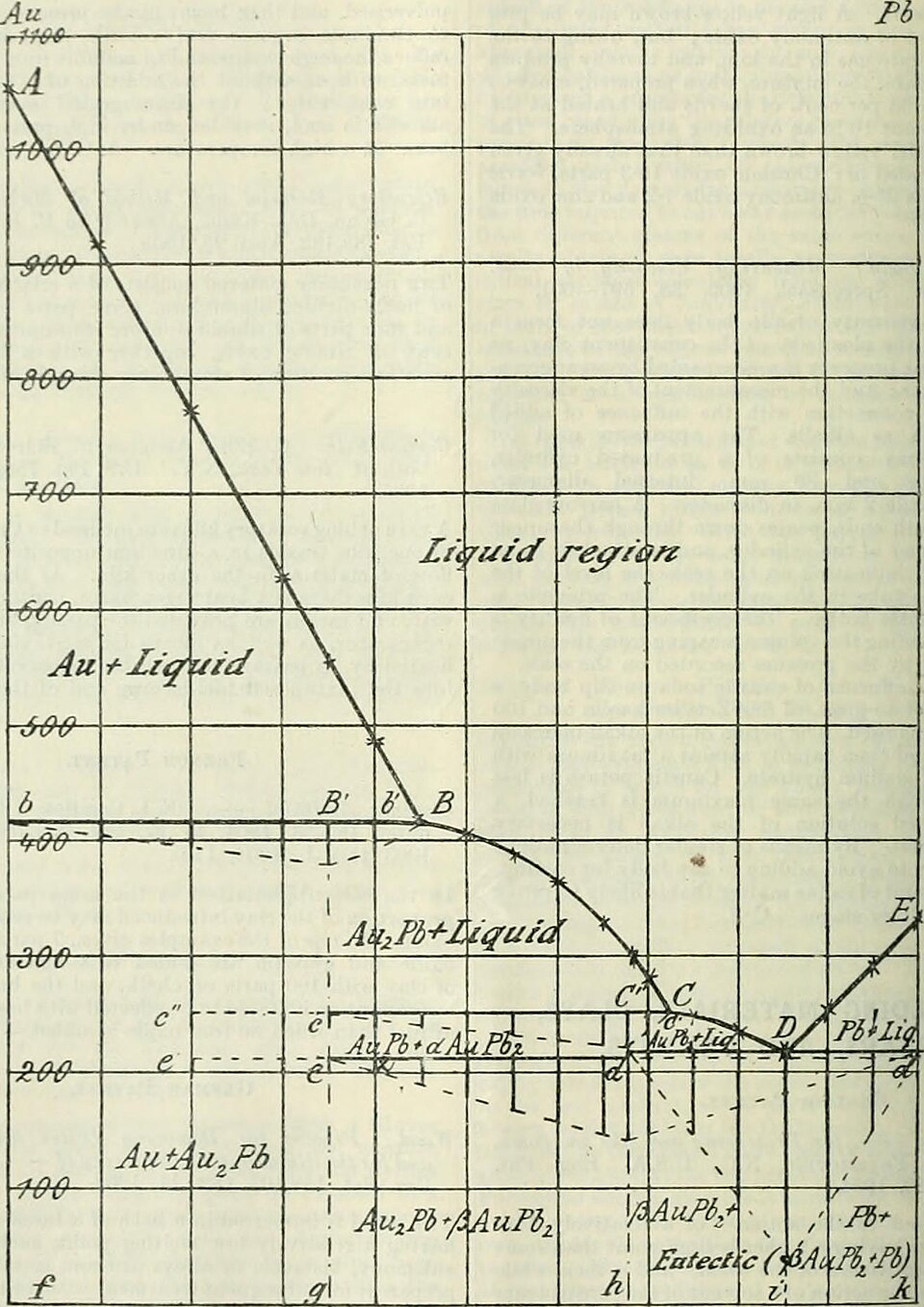Breakthrough in Physics: Researchers Measure Superheated Gold's Temperature

In a groundbreaking study published in the journal Nature on July 23, 2025, researchers at the SLAC National Accelerator Laboratory reported an unprecedented advancement in measuring the temperature of atoms within warm dense matter. Utilizing an innovative technique, the team successfully superheated solid gold to temperatures exceeding theoretical limits, thereby overturning decades of established scientific theory. This research could redefine our understanding of extreme states of matter and has significant implications for various fields, including fusion energy.
The study was co-led by Dr. Tom White, an Associate Professor of Physics at the University of Nevada, Reno, and Dr. Bob Nagler, a staff scientist at SLAC. Their collaborative efforts, alongside researchers from multiple prestigious institutions including Columbia University and Princeton University, culminated in a direct measurement of atomic temperatures in materials subjected to extreme conditions. Nagler noted, "We have good techniques for measuring density and pressure of these systems, but not temperature. This has been a decades-long problem."
The researchers employed a laser to superheat a thin sample of gold, subsequently using ultrabright X-rays from the Linac Coherent Light Source (LCLS) to measure the speed of the vibrating atoms. This method allowed for the first accurate temperature readings in warm dense matter, with the superheated gold reaching an astonishing 19,000 kelvins (33,740 degrees Fahrenheit), far beyond its melting point and the proposed entropy catastrophe limit. White remarked, "We were surprised to find a much higher temperature in these superheated solids than we expected, which disproves a long-standing theory from the 1980s."
The concept of the entropy catastrophe suggests that materials can only be heated to a certain point before they undergo a phase change, such as melting or boiling. However, this research indicates that rapid heating—achieved in trillionths of a second—can allow materials to maintain their solid state even at extreme temperatures. This finding challenges preconceived notions in the field of thermodynamics and opens new avenues for research into the behavior of materials under extreme conditions.
According to Dr. Siegfried Glenzer, director of the High Energy Density Science division at SLAC, this innovative temperature measurement technique places LCLS at the forefront of laser-heated matter research. He stated, "This work is crucial for advancing high energy density science and transformative applications like inertial fusion."
The implications of this research extend beyond theoretical physics; they hold promise for practical applications in energy. Nagler expressed enthusiasm for the potential of this technique in inertial fusion energy research, crucial for developing sustainable energy sources. He stated, "To design useful targets in fusion reactors, we need to know the temperatures at which they will undergo important state changes. Now, we finally have a way to make those measurements."
The findings from this study not only enhance our understanding of superheated materials but also suggest that researchers may have been inadvertently exceeding the entropy catastrophe limit for years, due to the lack of reliable temperature measurement methods. This revelation underscores the importance of continued innovation in experimental techniques and the potential for new discoveries in the field of material science.
As the research community continues to explore the implications of these findings, it is clear that the measurement of atomic temperatures in warm dense matter represents a significant leap forward in both theoretical and applied physics. This breakthrough may lead to further advancements in energy technology and deepen our understanding of the fundamental properties of matter under extreme conditions.
Advertisement
Tags
Advertisement





